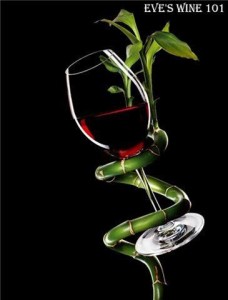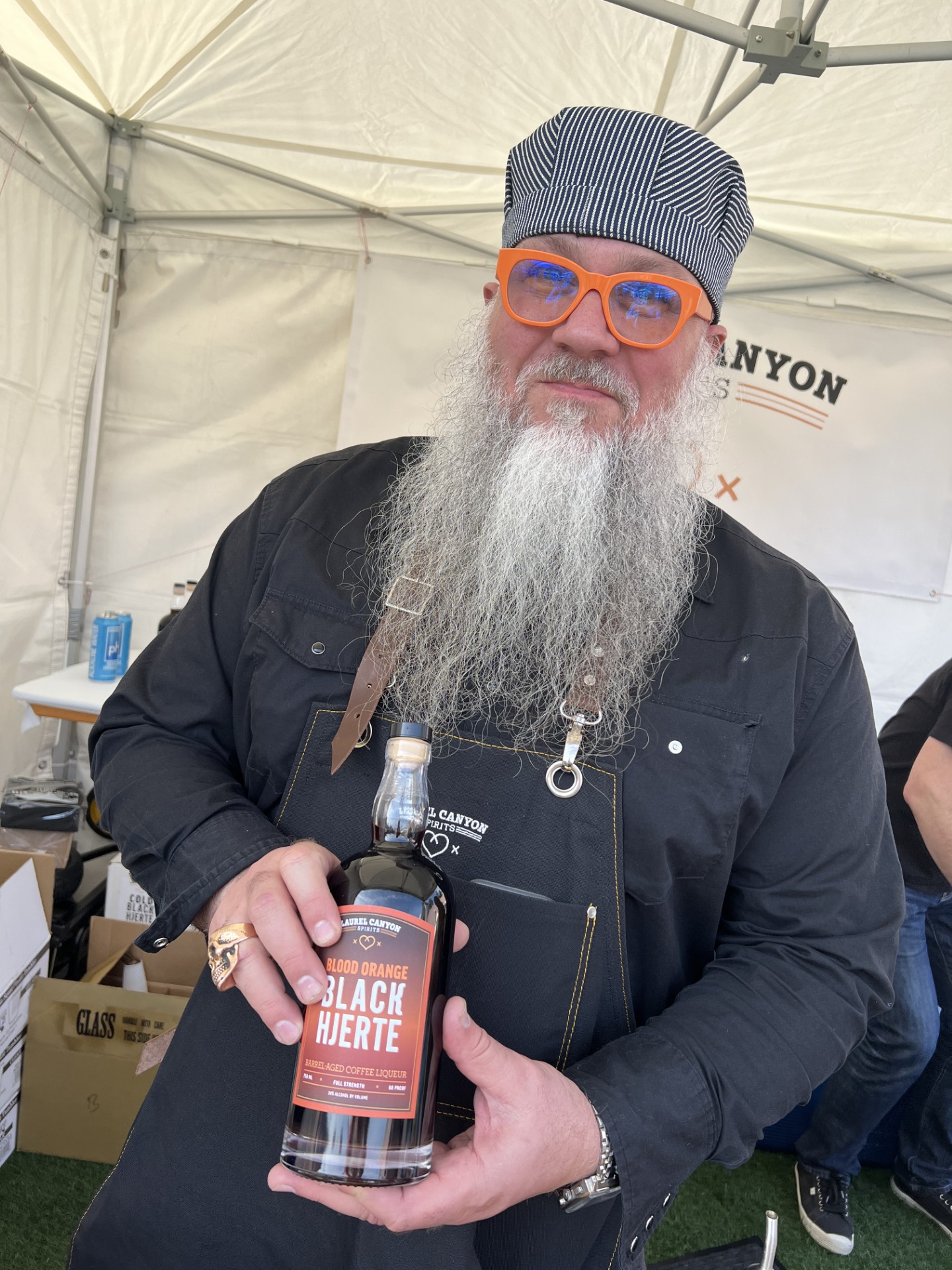I’ve been asked to present wine tastings for people in their home and at events.
Though this may seem a simple enough task, I’m always considering the best way for the presentation so that each wine is given its due thought and consideration.
(The last thing you want to see at a tasting is someone barreling through it, treating their wine glass like a shot glass, and losing the entire point.) So, without further adieu, here are some hints for my wine 101ers to be successful:
If you are serving a range of varietals the best way to present them is starting with the lightest – in color and, in flavor. Simply put: start with your stainless steel aged Sauvignon Blanc before your oaked or unoaked Chardonnay; your Pinot Noirs with hints of cherry before your deeper Merlot, Cabernet Sauvignon, Zinfandel or Shiraz.
Young to Old
As a wine ages it changes, we all know that, but an aged wine is almost always more *ready to drink, and more developed, than one that has been recently bottled. For example, if you are tasting the same wine from the same winery but of different years, in what may be called a vertical tasting, you want to start with the youngest and work your way up to the oldest.
(*Of course many wines, both red and white, are served with little or no aging, that’s not a problem, when you decide to drink your wine is ultimately up to you.)
Fine and Everyday
This is important, especially for a dinner party. No one intentionally will bring a low quality wine to a dinner party, however, any wine 101er or an aficionado could. Whether you or a guest presents a lower quality wine in comparison to a higher quality wine – and we’re not just talking price but also a rare or aged wine – though you might think saving the 50 year old Bordeaux or latest Napa cult wine for last, think again. It’s better to drink that special bottle early into your evening so that your palate is still fresh and all can enjoy.
Low to High Alcohol
I was once sent a flight of wines, all the same varietal, same year, from the same winery but from different vineyards. As I looked them over to decide which to try first I searched for the alcohol content.
I made an educated guess that if I started with the one with the least amount of alcohol, and working my way up to the one with the highest, I would be able to detect differences, before getting inebriated and before any high-alcohol wine negated my palate.
Eve Bushman has been reading, writing, taking coursework and tasting wine for over 20 years. She has obtained a Level Two Intermediate Certification from the Wine and Spirits Education Trust, has been the subject of a 60-minute Wine Immersion video, authored “Wine Etiquette for Everyone” and recently served as a guest judge for the L.A. International Wine Competition. You can email Eve@EveWine101.com to ask a question about wine or spirits that may be answered in a future column.










